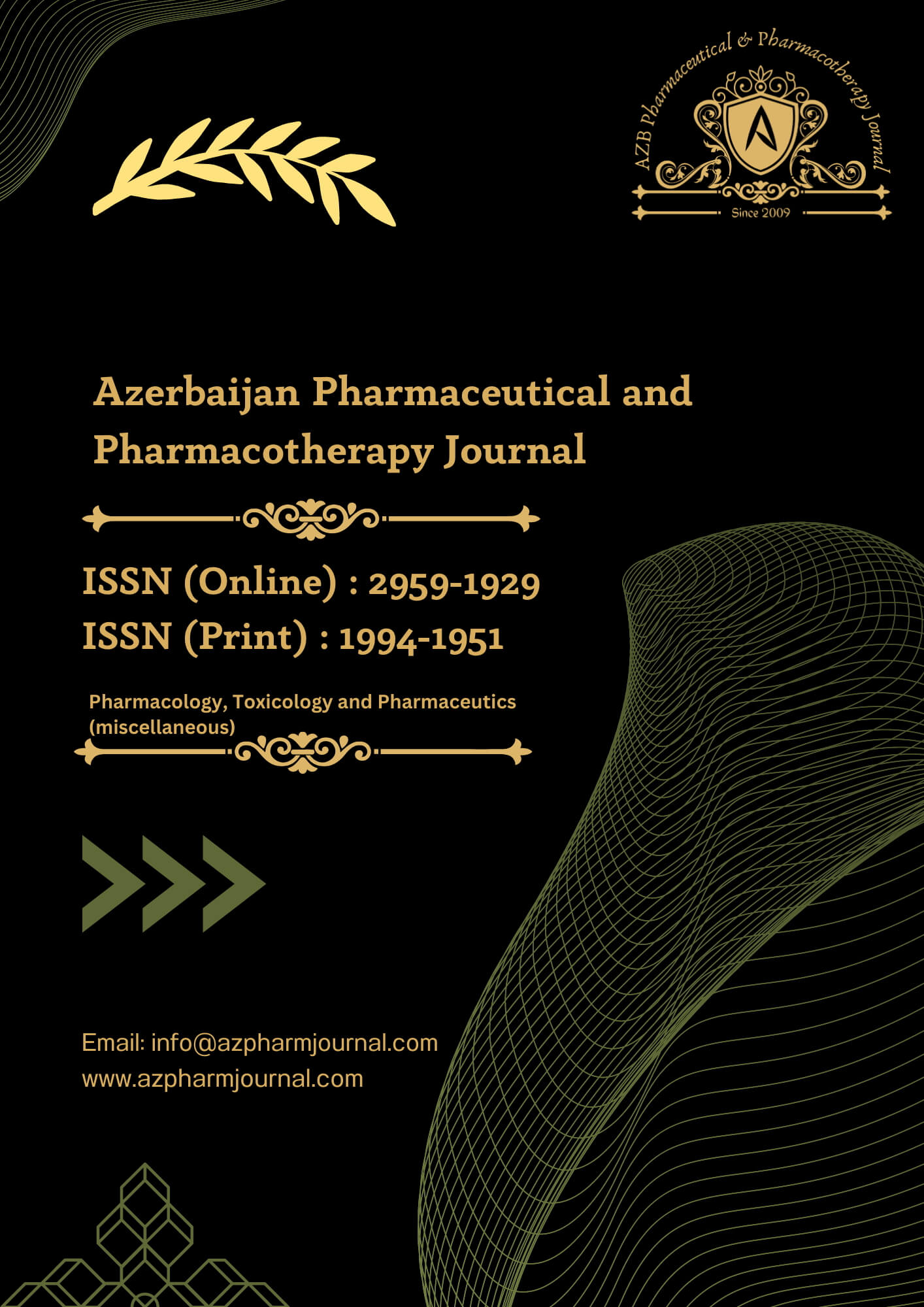The patient is a 36years old female from Palakkad Kerala. She was admitted for NSAID induced vomiting. No history of headache or sleep disturbance was present. During the hospital stay we noticed hyperhidrosis on left side of her neck. It has been there for around 10years and was not evaluated till then. She is having diabetes mellitus and hypothyroidism since 3years and has been under treatment for the same. She has not undergone any neck surgery. there was no history of postural hypotension, sensory loss or motor weakness.
The clinical examination was normal except for unilateral anhidrosis over face, neck and trunk. No postural hypotension was recorded in our evaluation. Neurological examination did not show any motor or sensory deficit. deep tendon reflexes were intact (ruled out Horner's, syndrome, Adie’s syndrome and Ross syndrome)
Laboratory investigation
In the stress test conducted by asking the patient to race for 10minutes, sweating appeared over the left side of face, neck and trunk with no sweating on the otherside. Her plasma glucose levels were normal. Blood investigations done to screen for HIV, HBSAG, HCV, SERUM ANA, were found to be negative. MRI Brain and spine done to rule out any structural abnormality was normal. bilateral carotid artery doppler showed normal results. Thus, a diagnosis of idiopathic unilateral anhidrosis; Harlequin syndrome was made.
